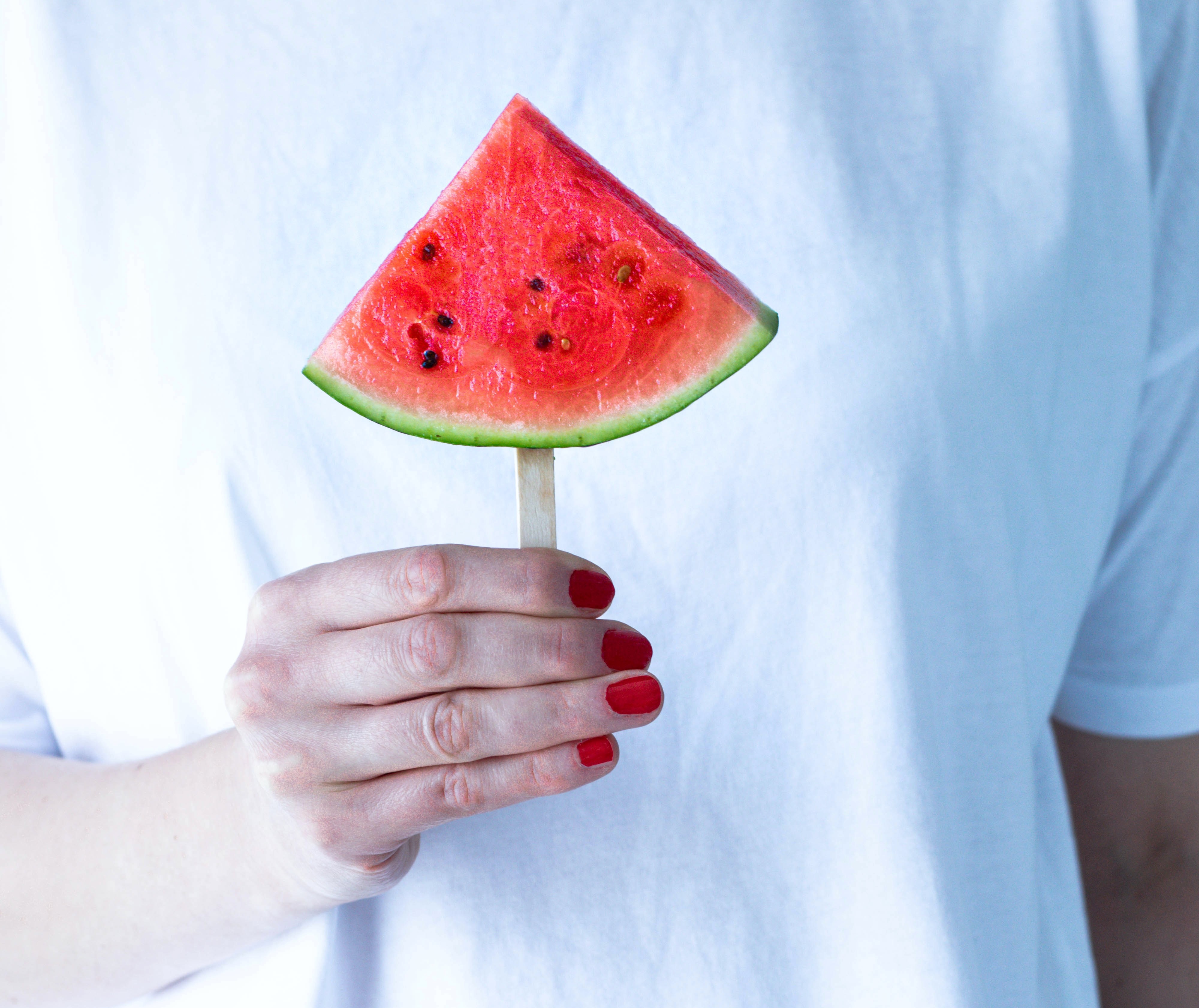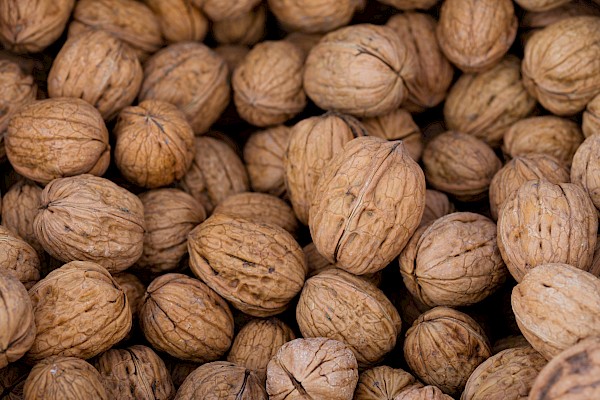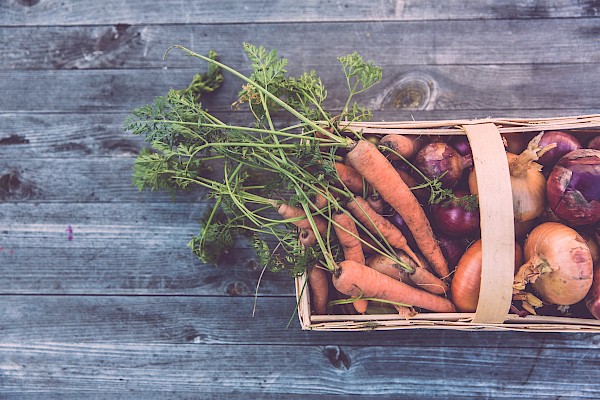Snacks for between meals
Does your stomach rumble hours before lunch? Are you overcome by hunger in the middle of the afternoon? Do you desire a snack before bedtime? The Swiss love to snack between meals. On average, we eat 2.7 meals between main meals. Mid-morning snacks (Znüni in Swiss German) and mid-afternoon snacks (Zvieri) are the classic mealtimes besides our main meals, breakfast (Zmorge), lunch (Zmittag) and dinner (Znacht). How many snacks do you eat over the course of a day? And what do you eat or drink when you snack?
In this blog post, we devote our attention to snacking between meals. We take a close look at Swiss snacking habits and we’ll show you how you can eat more healthily between meals.
How do Swiss people snack?
According to the Swiss Nutrition Report, approximately 90% of all people surveyed consume two or more snacks between meals. Only 1% of people admit to completely abstaining from food between meals. Interestingly, we snack more during the week than at the weekend. Mid-morning snacks are eaten approximately 20% more frequently during the week, and late-night (after dinner) and mid-afternoon snacks are also more likely to be consumed Monday-Friday. And what are we most likely to eat and drink when we snack? Unsweetened (non-alcoholic) drinks take first place. Snacking seems to be very important, particularly for our water balance. Almost half of our total water intake is consumed between meals. Second place (> 30%) is taken by sweet, savoury and alcoholic foodstuffs. We love to reach for these foods particularly mid-afternoon, but also late evening. In third place we have dairy products, meat, fish, eggs, tofu and fruit and vegetables. Oils, fats, nuts and grains, potatoes and pulses bring up the rear.
Snacking and health
A study on dietary habits in Switzerland investigated the correlation between snack frequency and body mass index, among other things. The authors concluded that snack frequency is not a clear cause of excess weight, although which snacks are consumed certainly plays a large role here. If you reach for sugary and/or fatty foods between main meals several times a day, this can have a negative effect on your health. Another disadvantage of snacking may be reducing your hunger so much that you skip your next main meal entirely, or at best have very little appetite for it. This increases the risk of missing out on important nutrients.
If the best possible snacks are chosen, they can also have benefits. They could give you a necessary energy boost when your last meal is already some time ago but it’s still a while until the next. What’s more, they could help us to moderate our appetites a little, so that we don’t overeat at the next main meal. In addition to these two aspects, they can also supply important additional nutrients. You will find a few snack tips at the end of this article.
When do you snack and what do you snack on?
Snacks are frequently not consciously planned. Your stomach is rumbling, so you run into the kitchen and grab the first snack that takes your fancy. Not infrequently in such situations, we help ourselves to biscuits, chocolate or something salty. Here are a few simple steps for observing, analysing and changing your snacking behaviour:
- When: at which times do you feel hungry or tend to snack on a typical day?
- Why: are you really hungry when you nibble on something? Ascertain whether you eat because you are hungry, or due to a specific feeling (e.g., boredom, stress, anger, fatigue). If you notice that a feeling is the reason, then mindfulness strategies may help you. You will find more about mindful eating here.
- What: which snack you choose plays an important role. The best snacks are healthy, filling and satisfying. Think about your last snack: was it filling? Were you happy afterwards or would you have preferred to keep on eating? Maybe you sometimes feel that you want something specific. Imagine that you decided to eat an apple, but now you feel more like a yogurt. What do you do? Do you eat the apple and try to suppress your desire for a yogurt? In such situations, you are recommended to listen to your body and choose a natural yogurt, for example. If you eat the apple, even though you want something else, it probably won’t leave you feeling satisfied, and you will then reach for some other food. If you are simply hungry without knowing what you want, it’s recommended that you choose something with lots of water and fibre (e.g., vegetables).
- How much: a snack should make you feel full, but not so full that you have no appetite later on. As a rule of thumb, don’t eat more than 150-250 calories (kcal) per snack. For example, 30 grams of walnuts meets this specification (200 kcal).
Ideas for your next snack
You can prepare your next snack simply and attractively in many different ways. Most of them are also great for taking to work. Bring a bit of variety into your day!
- Nuts: a super snack that need no or very little preparation, and can be taken everywhere. To make sure you don’t eat the entire pack at once, weigh out small portions of 30g. Almonds and walnuts are a good source of magnesium and important B vitamins, for example.
- Soups: yes, you read that right. Soups are not just for starters or winter meals, but are also really delicious snacks. If you have no way of reheating your meals at work, you don’t have the time or it’s too hot outside, you can also enjoy a cold soup. How about a cold cucumber soup? You can find the recipe here. Or maybe a Swiss chard and carrot soup?
- Ice cream: do you fancy something sweet? Do you like ice cream? So why not conjure one up yourself? Blend a few frozen berries and mix them with natural yogurt. Put it into the freezer and soon you’ll be able to enjoy your own home-made ice cream.
- Chestnuts: a wonderful snack in the autumn, when they are back in season. They are healthy and great at quelling your hunger pangs. You can find out more about them in our blog post Chestnuts.
- Vegetables: Jerusalem artichokes, carrots, baby turnips, kale, kohlrabi, cucumber, tomatoes, beetroot, broccoli, spinach? What vegetables do you like? You can eat many sorts of vegetables raw. Look in the season calendar to find out which vegetables are in season right now. Wash them, chop them, and your snack is ready. Some vegetables make a great salad, or vegetable chips (e.g. kale chips). Vegetable smoothies also make great snacks and can easily be prepared in advance. For a change, you don’t need many ingredients to make a delicious herby dip to go beautifully with your fresh vegetables. You can find a recipe idea at the end of this article.
- Cottage cheese and hummus: cottage cheese is delicious combined with vegetables or with a slice of brown bread for a great snack. Alternatively, spread on some hummus instead.
- Fruits and berries: fruits and berries are great when you feel like something sweet. What will you have? Apricots, apples, raspberries, kiwi fruit, damsons, or cherries? This list can be continued with many more fruits and berries – there is a great variety to choose from. You will find some great recipe ideas as well as interesting information in our blog posts on the fruits listed above. One more tip before we finish: always choose fresh fruits over dried fruits, as dried contain a lot more sugar than fresh.
Herby yogurt sauce
Ingredients (for 4 people)
- 1 bunch of mixed herbs, e.g., peppermint, dill, parsley
- 180 g natural yogurt, e.g., Greek yogurt
- 1 small clove of garlic
- A pinch of salt
Method: chop the herbs finely. Mix them into the yogurt, then press the garlic clove and stir in. Season the mixture with a little salt to finish.
[Source]
Well then, what will your next snack be?
References
Hartmann, C., Siegrist, M. & van der Horst, K. (2013). Snack frequency: associations with healthy and unhealthy food choices. Public Health Nutrition, 16, 1487-1496
.Harvard T.H. Chan School of Public Health (o.D.) The Science of Snacking. https://www.hsph.harvard.edu/nutritionsource/snacking/
Vogt, C. (2017, 14 June). Gesund snacken bei der Arbeit. iMpuls. https://impuls.migros.ch/de/ernaehrung/gesundes-essen/snacks/gesund-snacken-im-buero
Zuberbuehler, C. A., & Camenzind-Frey, E. (2021). Sind Snacks in aller Munde? Einblicke in die Schweizer Zwischenmahlzeiten. Schweizer Ernährungsbulletin (S. 74–91). https://www.blv.admin.ch/blv/de/home/lebensmittel-und-ernaehrung/ernaehrung/schweizer-ernaehrungsbulletin/schweizer-ernaehrungsbulletin-2021.html
 subscribe to newsletter
subscribe to newsletter


